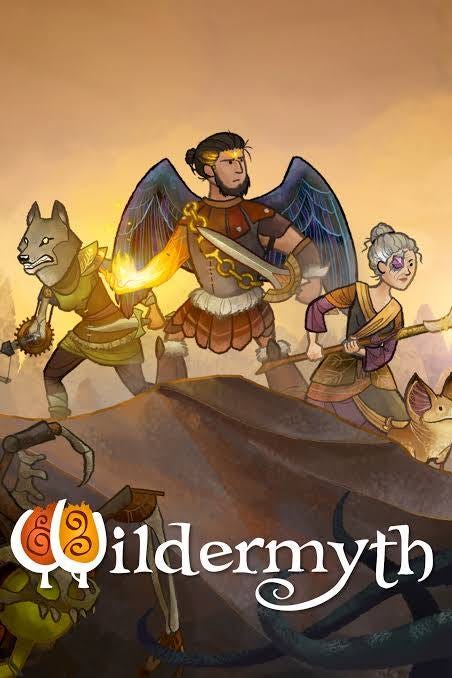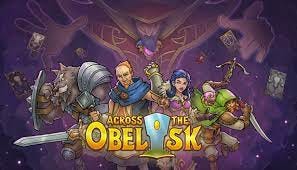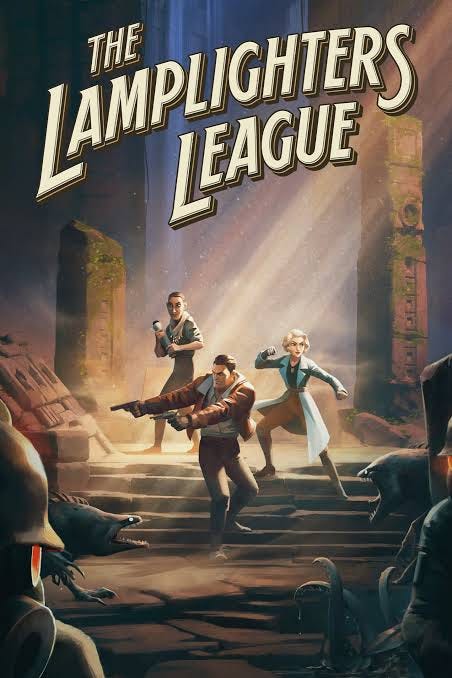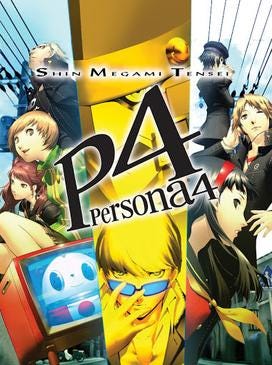I played a lot of video games this year. More than I have in a very long time. After music, video games are probably my favorite pastime. It was one of the few things I made a priority when I was working crazy hours. I would stay up late making sure I got some time with games I really wanted to play. So I thought it was only right to kick of my end of year lists with video games!
GamePass has been a godsend for me. I got to try so many games that I would never have bought. So, before I get into my favorites FROM this year, I want to shout out some really incredible indie games I got off my backlog this year and loved.
Wildermyth is a procedurally generated game that creates a story for your characters as you play the game. It’s co-op and surprisingly engaging for such light combat. SRPGS have a huge life in the indie game space and this is a shining example.
Horizon’s Gate is best described as a mashup of Sid Meier’s Pirates and Final Fantasy Tactics. Or Uncharted Waters. There isn’t much in the way of story, but the exploration is fantastic, the jobs are creative and the game play is top tier. Graphics are pixel graphics, but they have their own charm. The developer should have a new game called King’s Vein coming out this year.
Across the Obelisk is a co-op deck builder with rogue-like qualities. Events are randomly generated out of a pool of consistent events and you must do certain things in certain order to unlock the next story beat. A less robust system than Hades, but still compelling and a lot of fun. I really fell into this hard, playing with Jamil and Conner.
Citizen Sleeper is a story based, RPG where everything is determined by a roll of the dice. You do have agency, but much like Disco Elysium, the game goes on regardless of the dice you roll. It was fun getting to know the people in this capitalistic hellscape and I felt a deep connection to my avatar. I explored almost all the endings and hope for more games in this vein in the future.
Okay, now on to the main event…
5. TMNT - Shredder’s Revenge
TMNT Shredder’s Revenge is a callback to the classic arcade beat-’em-ups of the 90s from Konami and Capcom. It has a lot of neat unlocks, really tight combat and couch co-op. Pick your fighter and wage war on the Foot while dodging environmental damage and taking down the Turtles Rogue Gallery.
4. The Lamplighters League
I’m not really a sucker for Lovecraftian mythology, but The Lamplighters League from Paradox is one of the few X-Com clones that really gets the overworld risk management right. It also utilizes the in map exploration of Wasteland 3 and Mutant Road Zero to give you the opportunity to set up fights. The narrative is compelling enough to keep you hooked, more in-depth than X-Com, and your characters have personalities. Uncovering the mystery of the Lamplighter League while laying siege to the tower to save the world is a lot of fun and more engaging for me than the typical Lovecraftian Horror game.
3. Wartales
Wartales is more like a mercenary company simulator than a roleplaying game. You explore a war torn land as the leader of a group of 4 people from a collection of backgrounds. You have light customization options similar to X-Com. It is a total open world game from there and a lot of the fun comes from figuring out HOW to survive in this world.
The simulation aspect of the game is my favorite. You get enough hands on experience with the team as fights are turn based and on a grid. You have to manage food, money, happiness and solve the problems that plague the land. There’s not much of an interconnected story, but there is value in replaying as each area has multiple paths to victory and you get in some really compromising positions. Sometimes there’s no choice but to be a bad guy, because you go where the money takes you, but the player agency is fun and finding different ways to solve problems is a blast.
It is also co-op, which is a huge boost. I wish the combat were a little tougher as the game breaks once you hit 15+ people for me. The problem with most simulations is once you find peak efficiency the game stalls out for me. Thankfully the progression of gear, levels on characters and exploration is enough to keep me engaged and even play it on two different platforms. This certainly isn’t a game for everyone, but it was for me.
2. Persona 4 Golden (Xbox)
Okay, listen. I have owned Persona 4 on PS2 for a very long time and I’ve never gotten into it. But when the Persona Games hit Xbox, I played through 3 again before jumping into 4 and finally sinking my teeth in. Persona 5 is still my favorite and I have Tactica on deck, but since 3 the Persona games have dominated the Visual Novel category.
It’s unfortunate that they have a Pokémon level RPG attached, as it is easily the weakest part of the series. Combat breaks easily once you understand the mechanisms, most enemies including bosses have an elemental weakness that makes them vulnerable and then your team wipes the enemies in one round. You can see the enemies on the map and choose to avoid them, but you do have to level up for the boss fights at the end of dungeons as those are typically wars of attrition with slightly harder strategies but still tailored to a intermediate level games. Pokémon for teens instead of children.
It has a roster of Personas that you can capture and assign to the main character that give you different abilities. The Persona can be merged to make specialized Persona. I don’t really love the gotta catch ‘em all aspect of the game. The exploration is very basic. The combat is simple. You’re going to spend at least a hundred hours on the game. It is wearing.
So why bother? Well, the story and characters are so compelling that the game makes ALL The fairly major irritations worthwhile. The Persona Series is one of the best empathy teachers I’ve ever played. You learn a lot about so many people and it really digs into what drives people to the actions they take. It doesn’t shy away from any subject matter and it is about holding people accountable for their actions. Confronting insecurities and your own behavior. Growth, learning and acceptance.
Persona 4 takes you to the rural town of Inaba, far removed from the city life of Persona 3. You’re sent to live with your police officer uncle and his daughter as your parents are working abroad for a year. You meet a local delinquent and series of students as the new kid in town. But then a TV announcer is found dead and soon after the student who found him is dead as well. Mystery is afoot, the dying people are showing up a Midnight Channel on rainy nights.
You stumble into a TV world, meet a huge cast of characters, investigate the murders and still have to live your life as a high school student. You’ll forge lifelong friendships and make lasting memories. You’ll fall in love (or not). You’ll be betrayed and you’ll hopefully stop the Shadows in the TV world from destroying Inaba. The simulation and VN aspects of Persona are the best in gaming. Top tier characters and writing coupled with top tier anime-style graphics really push this series to the top of the heap.
In spite of the outdated combat/dungeon crawling, I would encourage anyone who wants to dig into a great story to play any of the modern Persona games.
My Game of the Year
Come on, if you pay attention to video games at all this can’t be a surprise:
Baldur’s Gate 3 is the follow up to the beloved CRPG series based on Dungeons & Dragons. D&D is having an unprecedented moment in the sun, with a quality film and huge player base. BG1&2 were made by Black Isle, the company that went on to become Obsidian. Also the makers of the beloved Fallout Series. Oh, a little roleplaying company called Bioware.
They were the foundation for a huge part of modern video gaming and have an unassailable history. A lot of the Interplay properties have languished in the modern era, enter Larian Studios. Larian is a Belgian studio that slowly built a name for themselves until 2014 when Divinity Original Sin hit the scene. Clearly influenced by classic CRPGS like Fallout and Baldur’s Gate, it also drew influence from Strategy RPGS, with more chess like battles and a greater focus on set combat.
They created multiple solutions for problems, a deep skill tree and one of the most interactive worlds imaginable. Also a Co-op RPG. It was an instant hit. Original Sin II followed and built upon the success of the original. Then, 6 years ago, they picked up the Baldur’s Gate license. D&D hadn’t quite reached the culture zenith it currently occupies, but it was on the come up. The game was in early access for 3 years and they worked WITH the fans to help make the game. In fact, the game now is still further refined from when I beat it.
BG3 is a masterclass in roleplaying design. A dynamic world, the SRPG style combat (like Final Fantasy Tactics, X-Com, Fire Emblem) but less punishing than their Divinity series so much more accessible. Co-op for up to 4 players, a deep character creator, some of the best companions in role playing history and a respectful continuation of one of the most important RPGs in video game and table top history.
Built off of D&D 5.1, BG3 pulls almost all of the abilities directly from the source material. Amelia Taylor leads an impressive voice cast as your dungeon master, reminding you that you’re playing a part in a D&D campaign without breaking your immersion. The cast is bought in. You can really approach a situation from anyway you can dream of and the game reacts. Choices have consequences, some times minor things from Act I show up in big ways in Act III, sometimes you might not even see the consequences.
I’ve had multiple playthroughs, I even bought a new PC to play the game.
Games on my list to be played:
Persona 5 Tactica, Alan Wake II, Cyberpunk 2.0, Fire Emblem Engage, Midnight Suns (I KNOW, I KNOW), Octopath Traveler II, Dave the Diver, Spider-Man 2.













Man how good was that new TMNT? Getting that at the same time as the Cowabunga Collection was a fun chance to really contrast the old and the new.